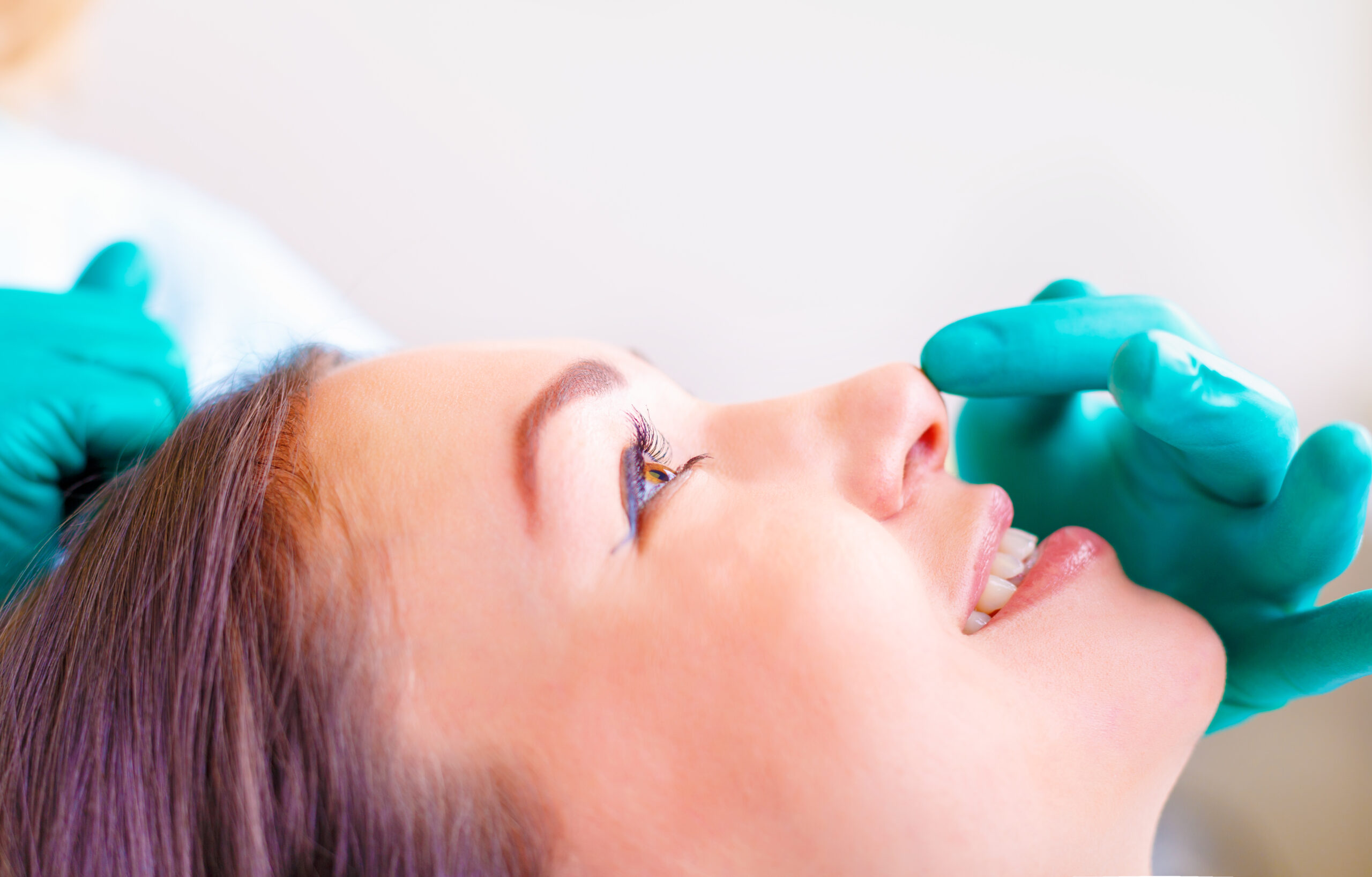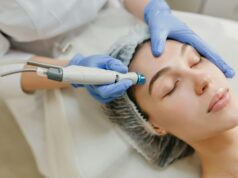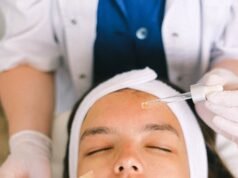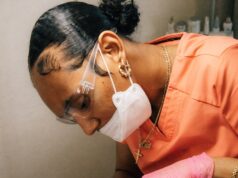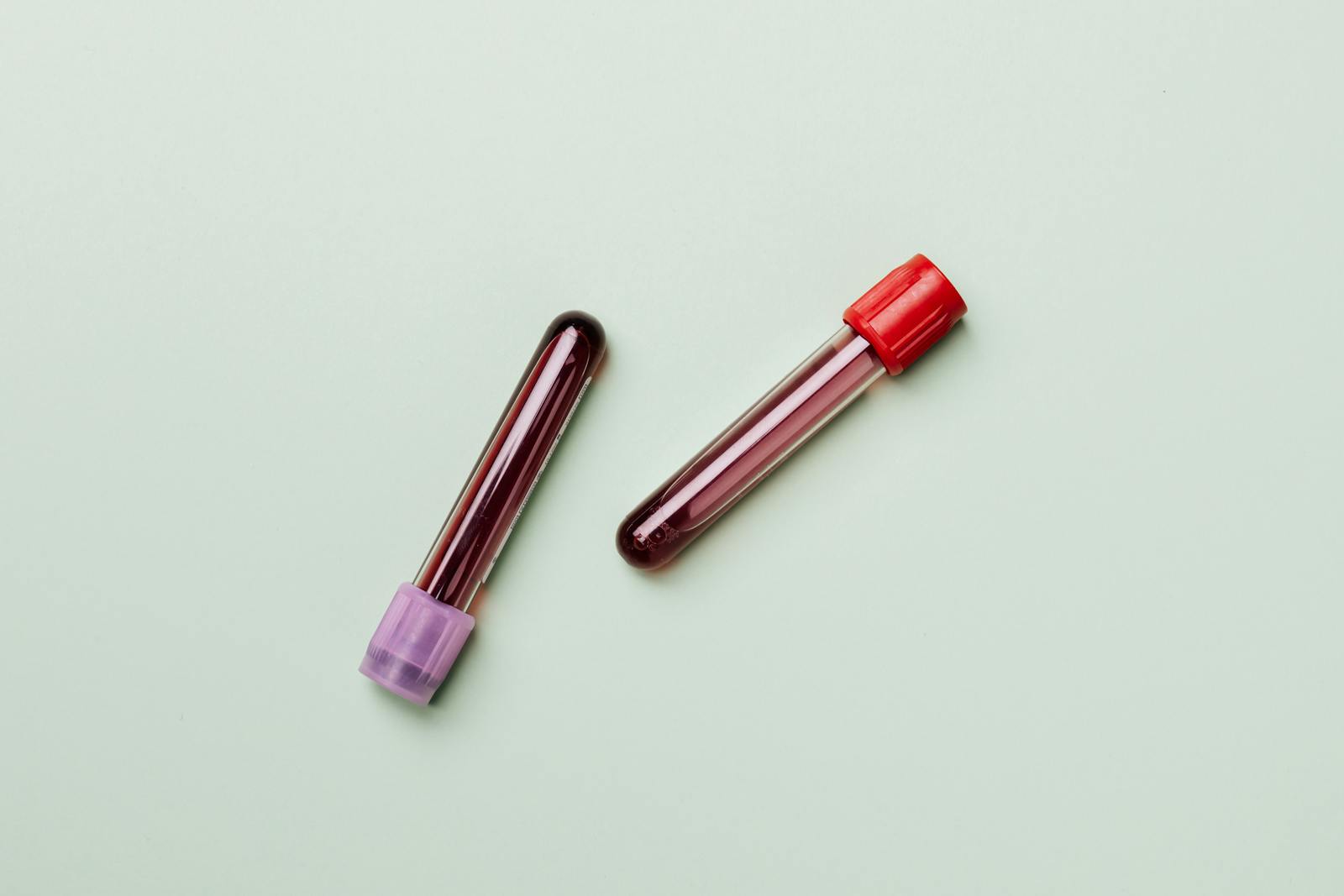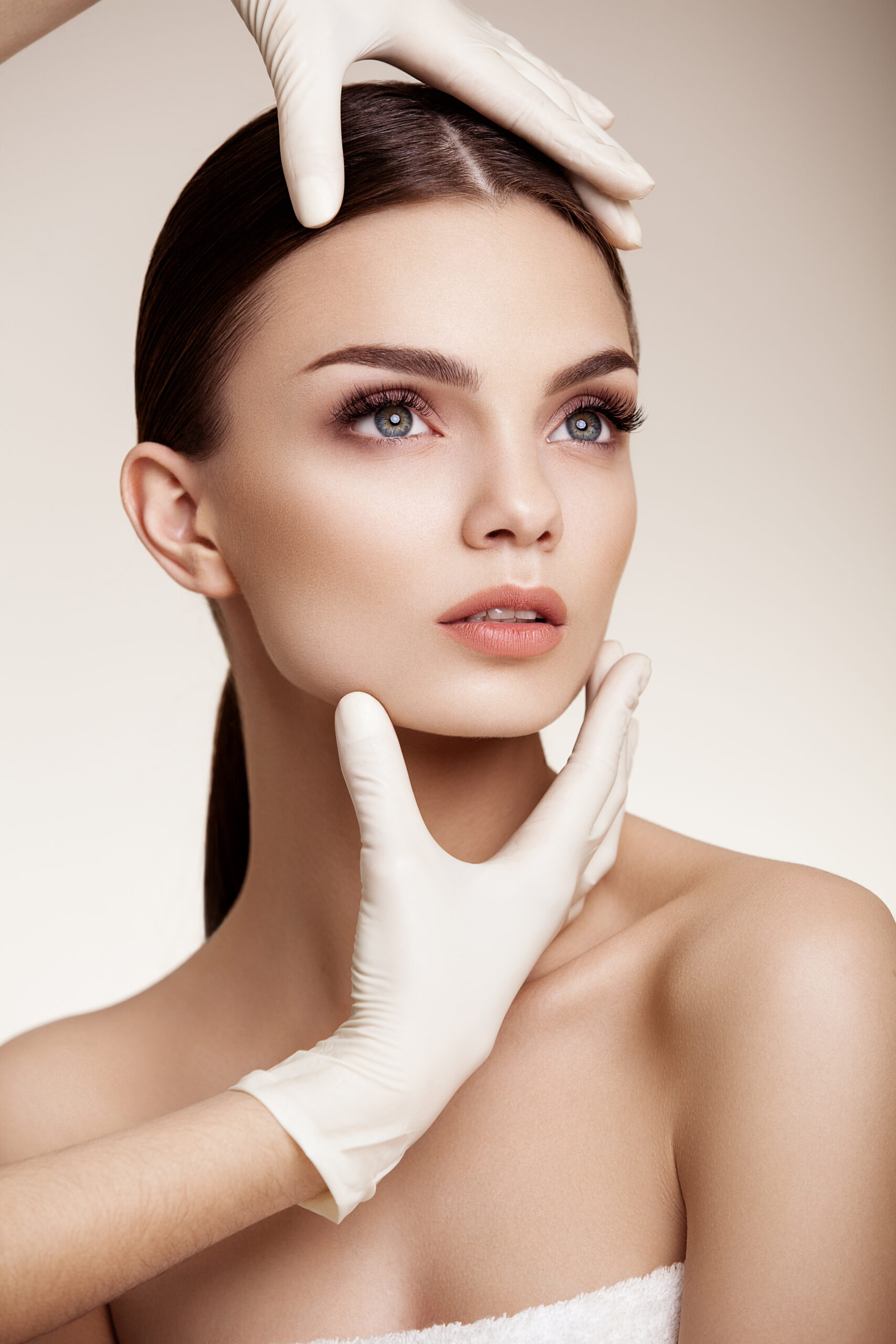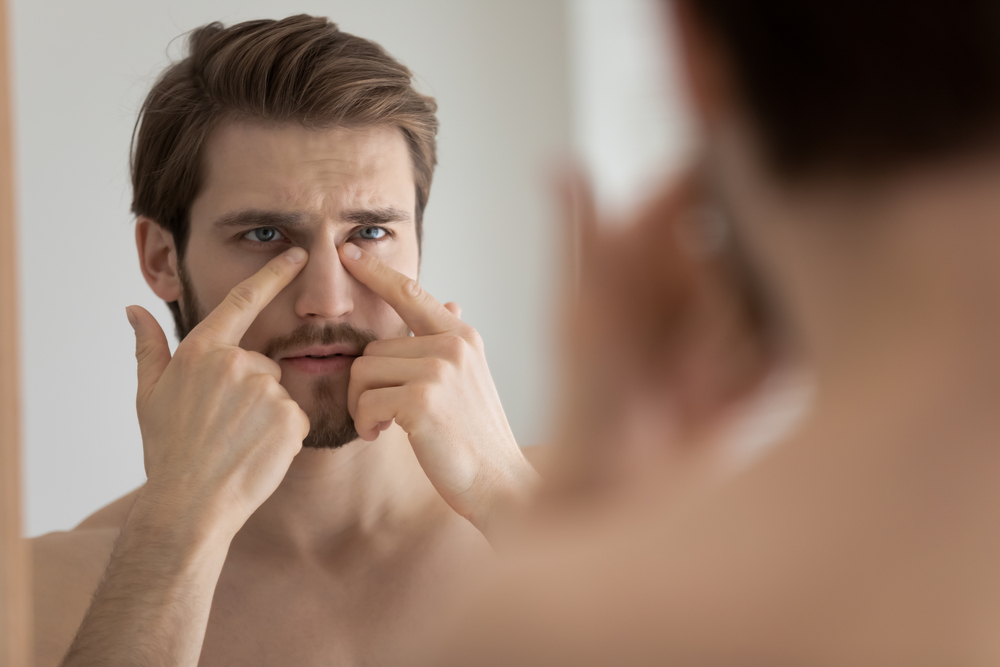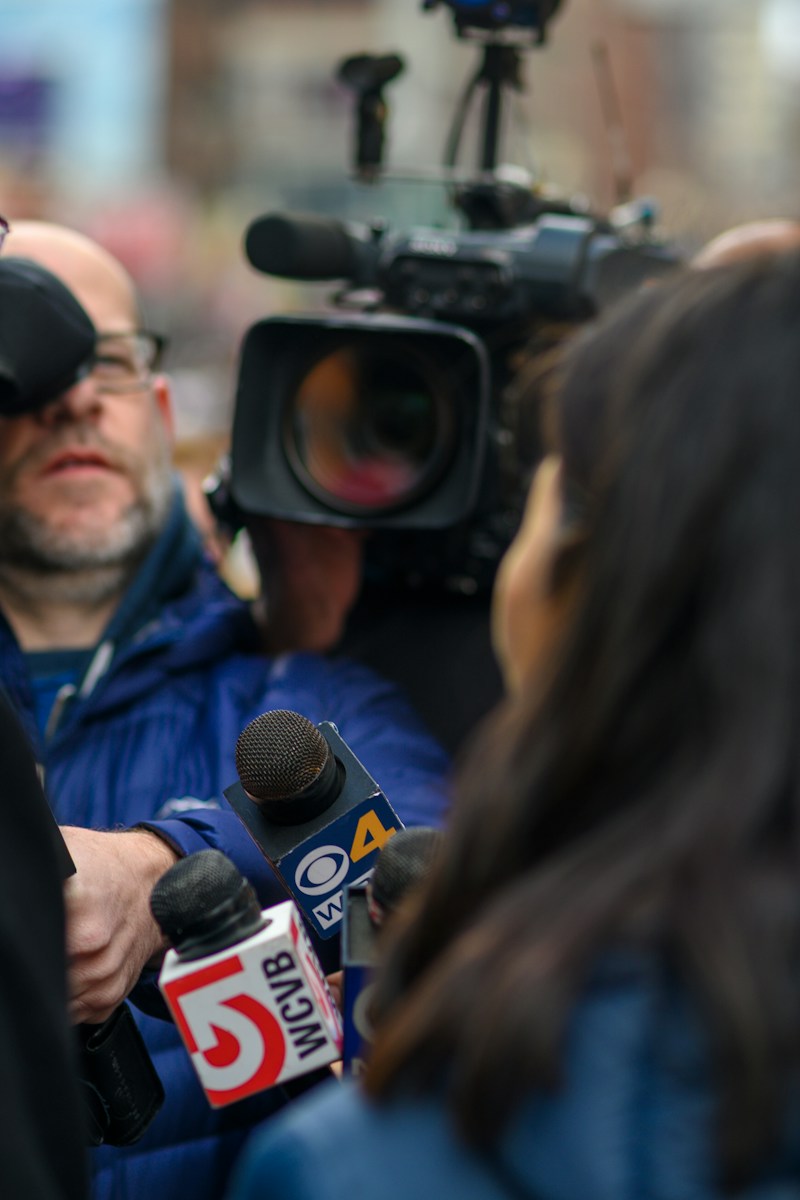Rhinoplasty, commonly referred to as a nose job, is a surgical procedure aimed at reshaping the nose for aesthetic or functional purposes. This highly sought-after cosmetic procedure allows individuals to enhance their facial harmony and address concerns such as a crooked nose, a bulbous tip, or breathing difficulties caused by structural issues. The growing popularity of rhinoplasty can be attributed to a variety of factors, including advances in surgical techniques, increased awareness through social media, and a rise in self-esteem related to physical appearance.
One of the main drivers of rhinoplasty’s rising popularity is the demand for personal image enhancement. In today’s visually-driven society, the desire to achieve a specific look—often influenced by celebrities and social media influencers—has led many to consider cosmetic procedures. Rhinoplasty not only caters to aesthetic preferences but can also correct congenital deformities or injuries sustained from accidents. The ability to achieve a more symmetrical and appealing nose can significantly boost an individual’s confidence and overall sense of self-worth.
In parallel to traditional surgical rhinoplasty, non-surgical alternatives have surged in popularity. Non-surgical rhinoplasty involves the use of injectable fillers to alter the nose’s shape without the need for invasive surgery. These procedures are generally quicker, often completed in under an hour, and require little to no downtime, making them an attractive option for those looking to enhance their appearance without a lengthy recovery. Patients can achieve temporary results, which is appealing for individuals hesitant to commit to permanent change or those who wish to experiment with their look before undergoing surgical procedures.
The rise of minimally invasive techniques reflects a broader trend in the beauty industry, where patients are seeking less intimidating options that yield natural-looking results. As individuals become more educated about the potential outcomes of these procedures, demand for both surgical and non-surgical rhinoplasty continues to climb. Furthermore, advancements in medical technology and an increase in skilled practitioners have contributed to improved results, making patients more likely to pursue these options confidently.
Ultimately, the popularity of rhinoplasty and its non-surgical counterparts underscores a cultural shift toward self-expression and the pursuit of personal aesthetics. As more people embrace the idea of cosmetic enhancement, the normalization of procedures like rhinoplasty will likely continue, shaping the future of beauty standards and personal care.
